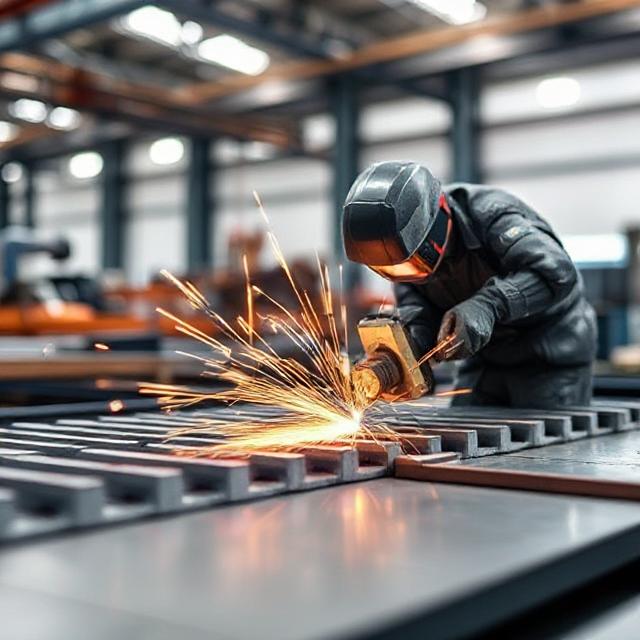India’s metal fabrication market is poised for significant growth, with a projected compound annual growth rate (CAGR) of 6.38 per cent between 2025 and 2030, according to a recent report by Mordor Intelligence. This growth is being fueled by an uptick in infrastructure development projects across the country, particularly in sectors like transport, energy, and urban development.
The government’s strong push under initiatives such as “Make in India” and “National Infrastructure Pipeline (NIP)” has created a robust demand for fabricated steel structures in areas like bridges, metro rails, industrial pipelines, airports, and urban transit systems. These projects not only require large volumes of steel but also demand precision engineering and advanced fabrication technologies, thereby propelling the sector forward.
India’s ongoing urbanization and industrialization are further driving the need for high-quality, customized metal components. Industries such as automotive, oil & gas, and construction are heavily reliant on metal fabrication for key structural and functional elements. The increasing adoption of automation and digital tools in fabrication processes is also helping enhance productivity, quality, and turnaround time—making Indian players more competitive globally.
Moreover, the rise in public-private partnerships (PPPs) and foreign direct investments (FDIs) in infrastructure projects is encouraging local manufacturers to scale up capacity and modernize operations. States like Maharashtra, Gujarat, and Tamil Nadu continue to be major hubs for fabrication units, thanks to their strong industrial base and policy support.
With sustainability and speed becoming critical to infrastructure delivery, metal fabrication—especially steel-based—is emerging as a vital enabler. As India gears up to spend trillions on infrastructure by the end of the decade, the fabrication sector is well-positioned to be a key growth engine for the steel industry and the broader manufacturing ecosystem.





